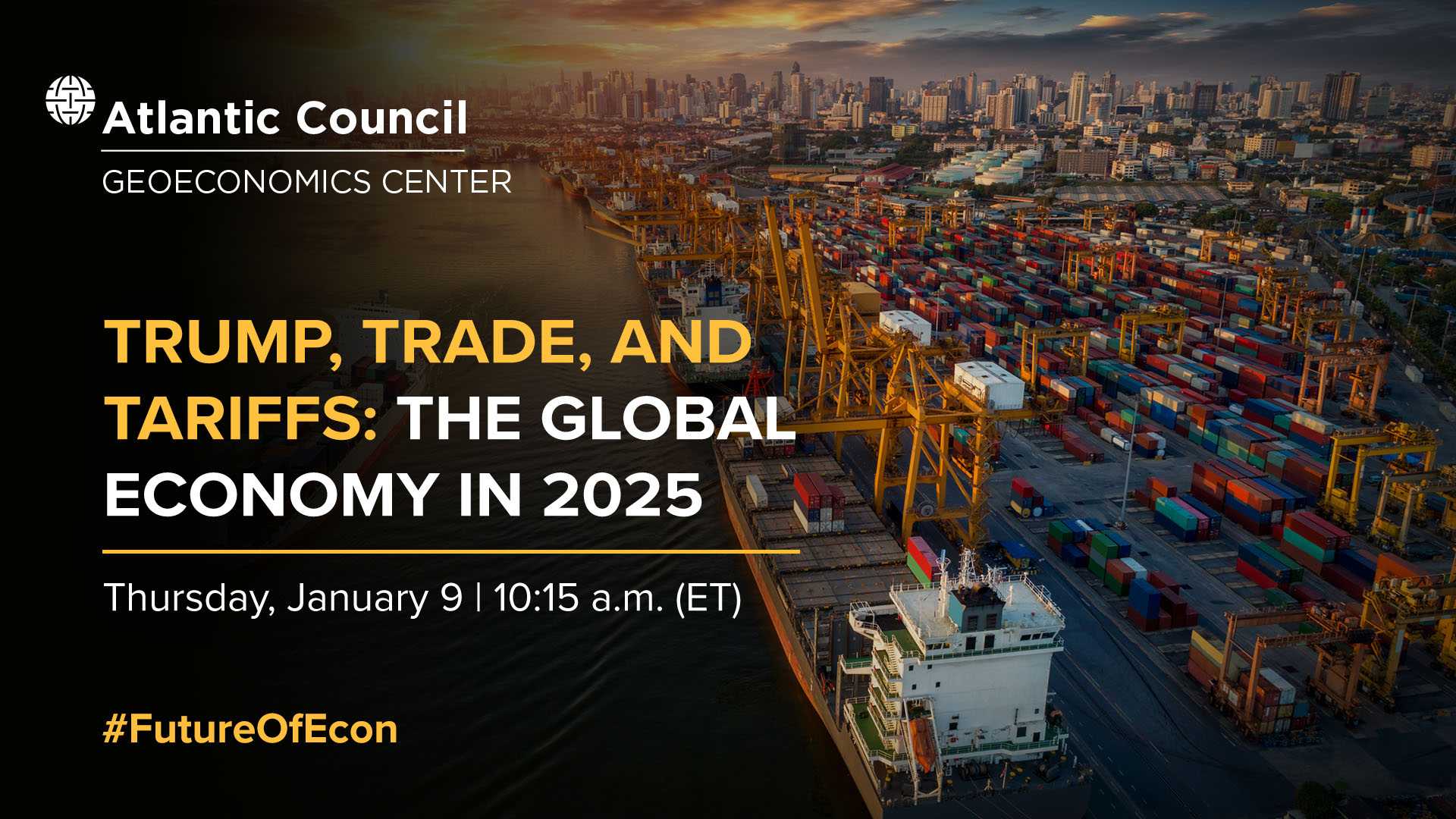Business
Trump’s Tariff Plans Set to Disrupt Global Trade Landscape

WASHINGTON (AP) — President Donald Trump is dramatically reshaping the rules of global trade with the announcement of new “reciprocal” tariffs, a move that stands to unsettle both American businesses and international relations.
On Thursday, Trump stated that the new tariffs would be implemented to combat what he perceives as unfair trading practices by foreign nations. This strategy escalates the evolving trade landscape, wherein tariffs have long been established through extensive negotiations among numerous countries.
“Obviously, it disrupts the way that things have been done for a very long time,” said Richard Mojica, a trade attorney at Miller & Chevalier. “Trump is throwing that out the window… Clearly this is ripping up trade. There are going to have to be adjustments all over the place.”
Trump’s assertion of a tilted trading field stems largely from America’s persistent trade deficits, which have not seen the U.S. selling more than it imports since 1975. He argues that other countries impose higher taxes on American exports, leading to this imbalance. His solution involves raising U.S. tariffs to the same levels that other countries apply to American products.
In his first term, Trump utilized tariffs extensively and has already initiated 10% tariffs on China and effectively increased duties on foreign steel and aluminum. He has also threatened to impose 25% tariffs on goods from Canada and Mexico, a move that has been temporarily delayed.
Despite Trump’s enthusiasm for tariffs, many economists caution against their use. Tariffs are considered a tax on importers, often resulting in increased prices for consumers. However, some analysts, like Christine McDaniel from George Mason University’s Mercatus Center, suggest that the reciprocal tariff strategy could lead to beneficial negotiations with other countries to lower their tariffs.
“It could be win-win,” said McDaniel. “It’s in other countries’ interests to reduce those tariffs.”
Trump explained his reciprocal tariff policy succinctly: “If they charge us, we charge them,” he told reporters. Although the specifics remain unclear, the White House has tasked Commerce Secretary Howard Lutnick with reporting on the operational details by April 1.
Questions remain regarding whether the U.S. will examine the myriad items in the tariff code individually or evaluate broader average tariffs imposed by other nations.
“It’s just a very, very chaotic environment,” said Stephen Lamar, president and CEO of the American Apparel & Footwear Association. “It’s hard to plan in any sort of long-term, sustainable way.”
The imbalance in tariffs has roots in post-World War II trade policies that established lower American tariffs in exchange for other countries reducing their own. However, Trump argues that unfair foreign competition has harmed American manufacturing, prompting his administration to impose previous tariffs on foreign goods.
Democratic President Joe Biden has largely maintained Trump’s protectionist stance, further complicating relations with long-standing trading partners.
For instance, Brazil imposes an 18% tax on ethanol imports, while the U.S. charges only 2.5%. Similarly, foreign motorcycles are taxed at 100% in India, compared to America’s 2.4%. While the U.S. agreed to these terms following extensive trade negotiations, Trump attributes this scenario to what he views as unfair practices.
AP Retail Writer Anne D’Innocenzio contributed to this story.












